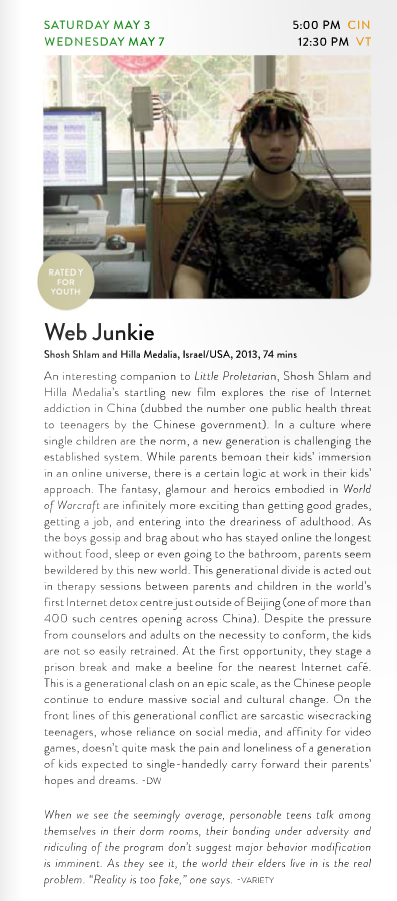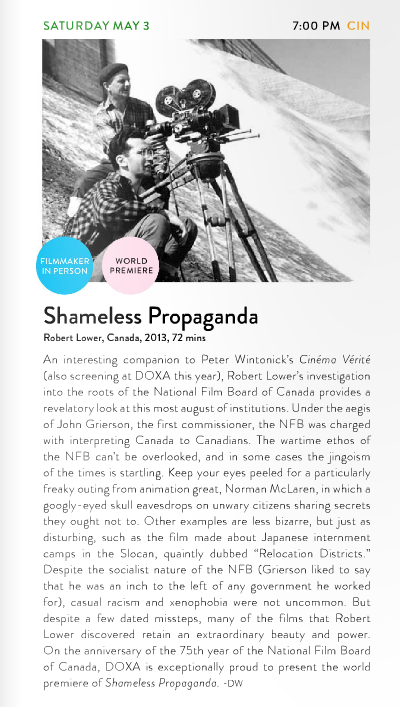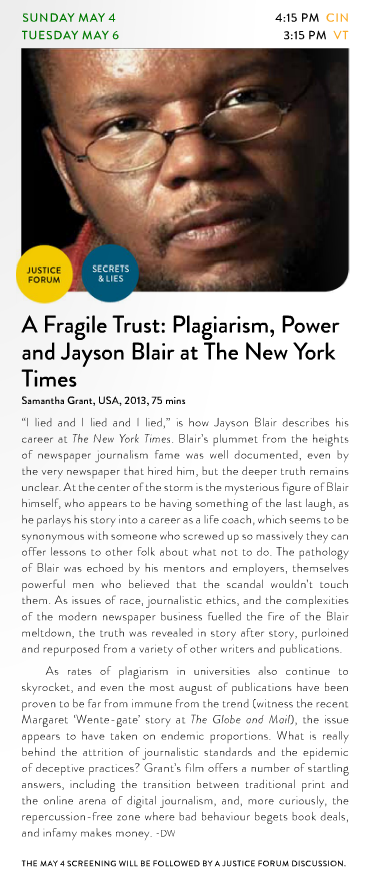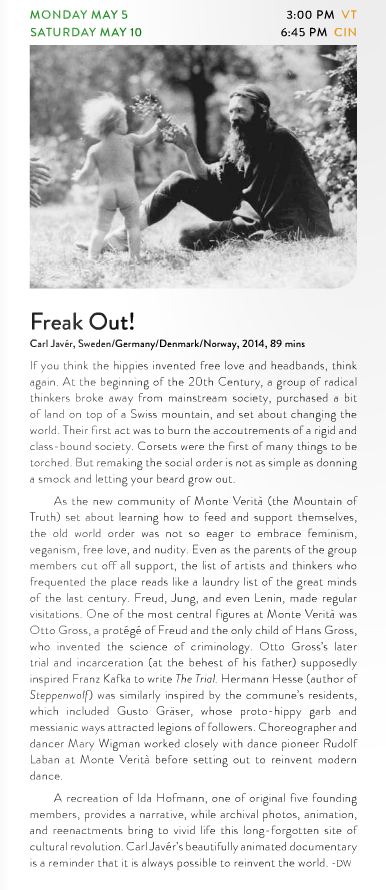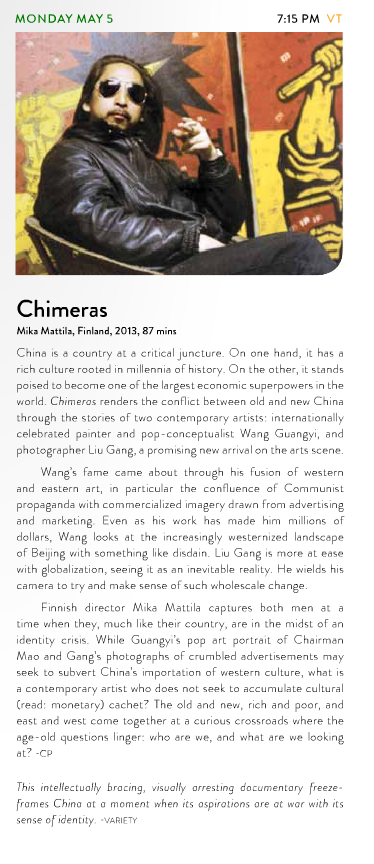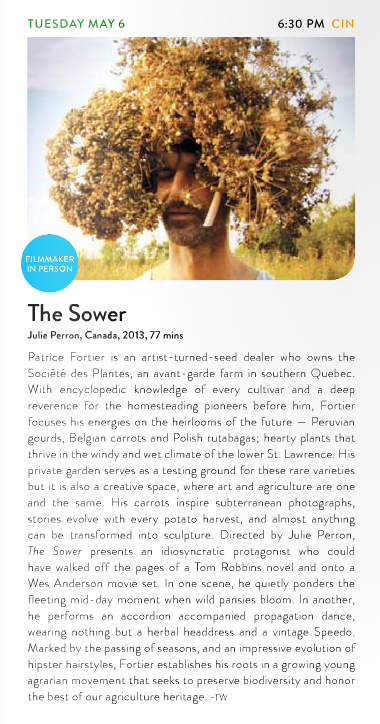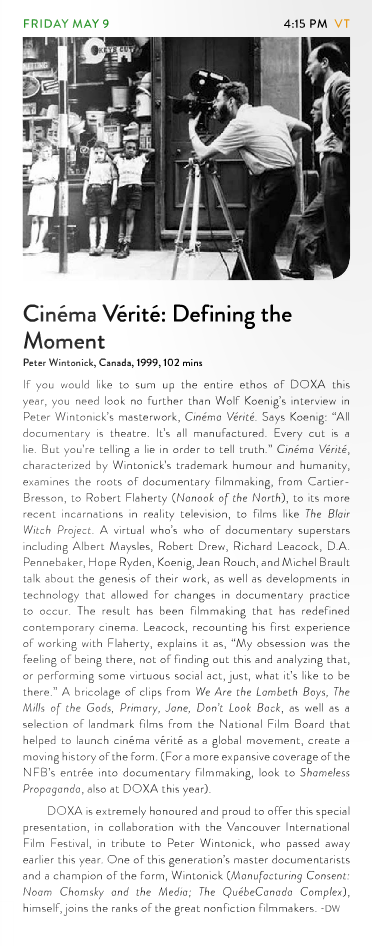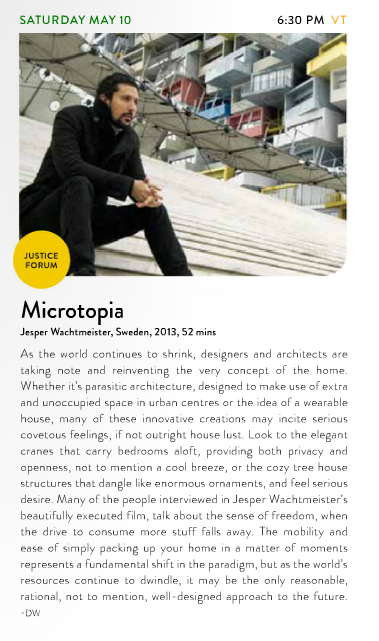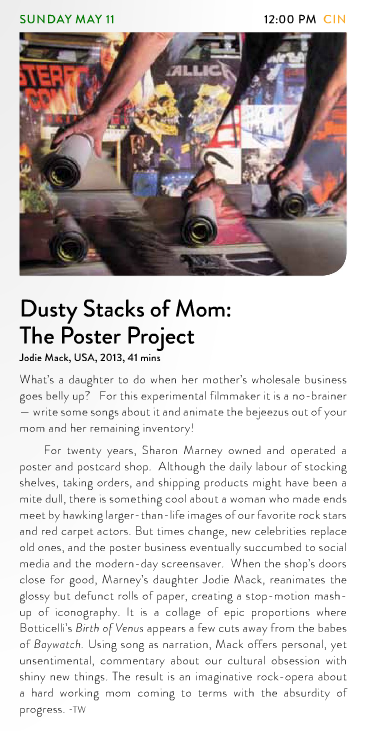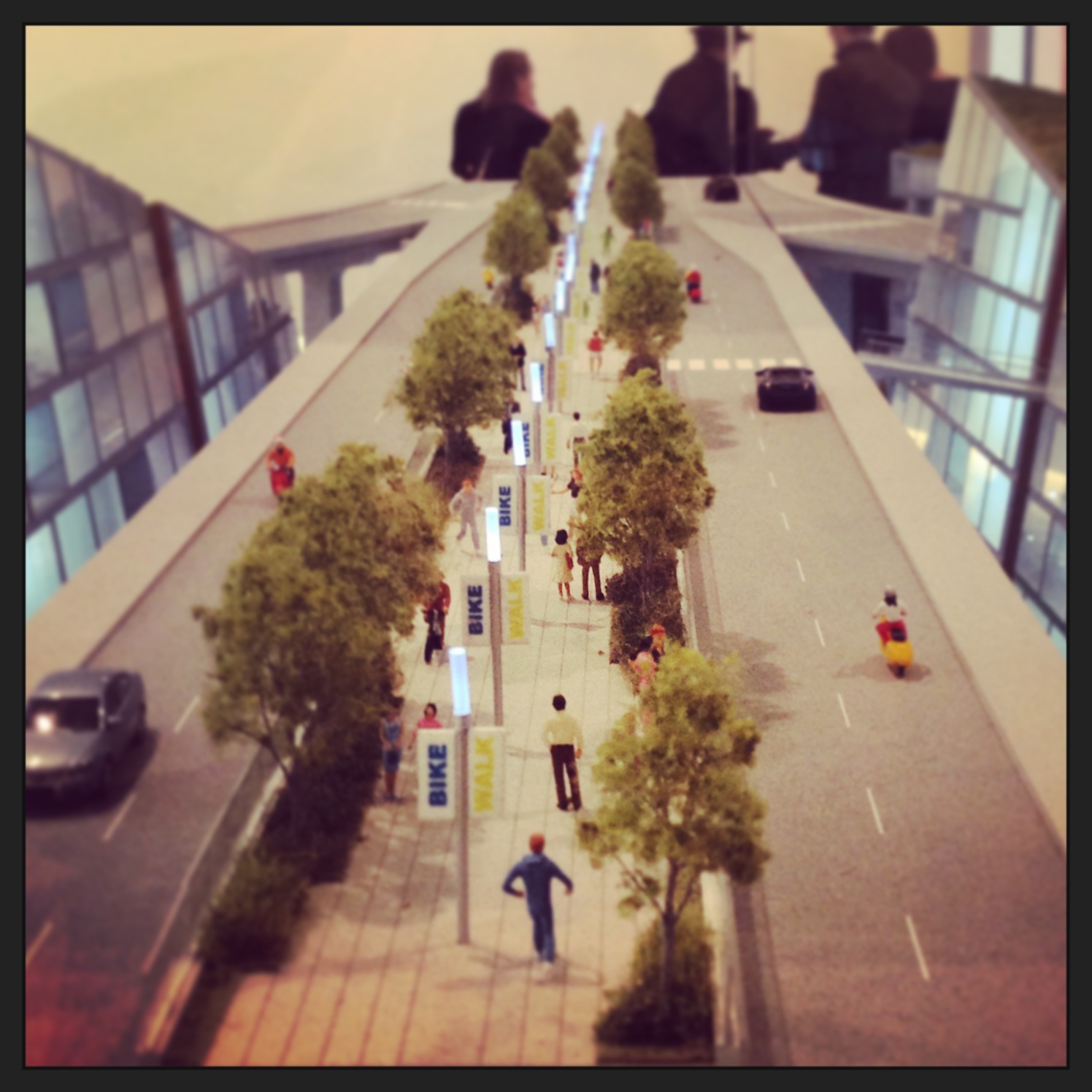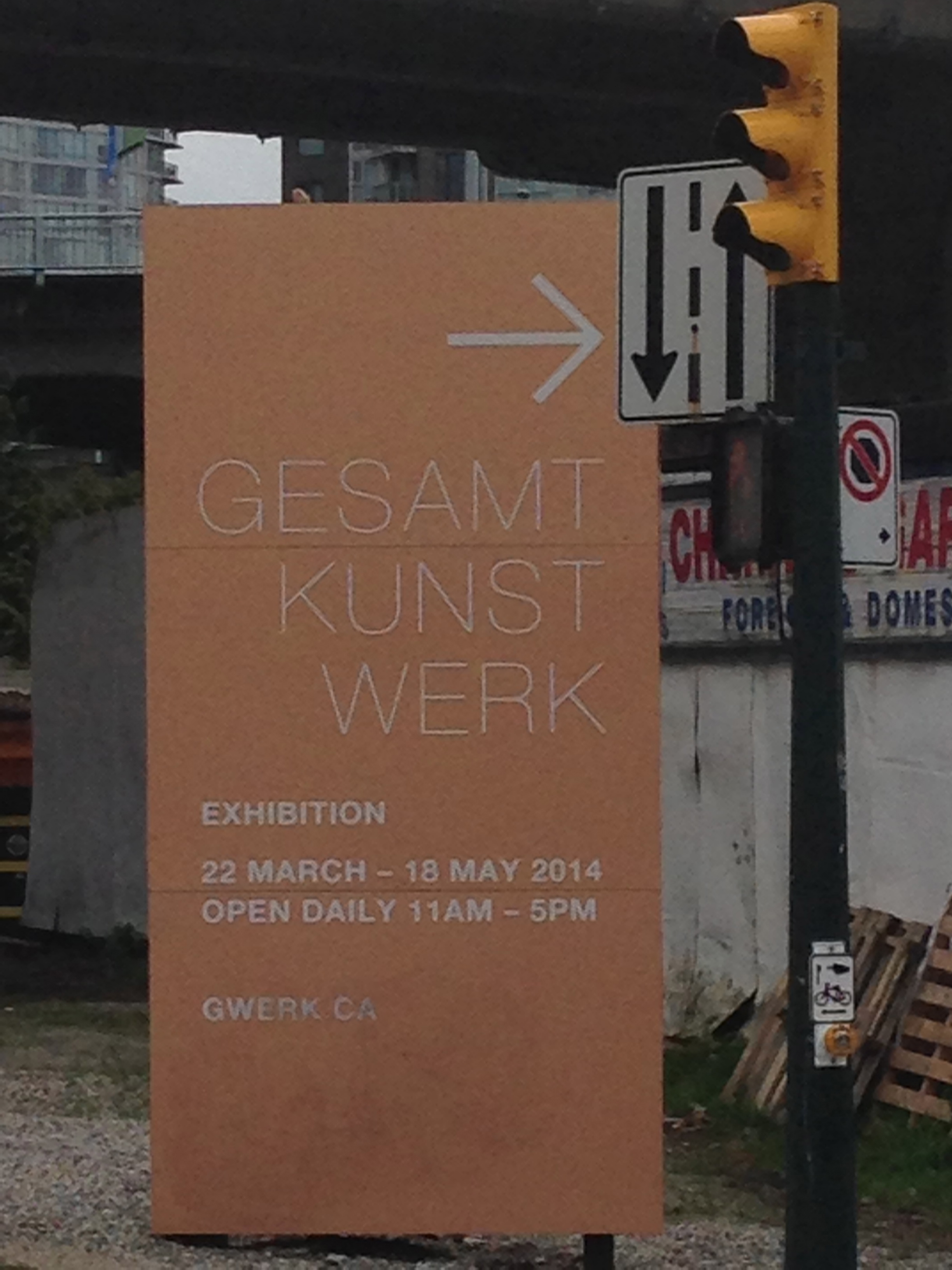Commuting to work, walking to the gym, taking the bus to school, waiting in line, cleaning house... these are the mundane tasks of life that eat up more of our time than we like. Along with these routines, it is also tough to work in the uninterrupted time to catch up with more than a superficial read of all the emerging cultural news, articles, books, exhibitions and other stories crossing our social media news feeds via Facebook, Twitter and blog feeds.
Many years ago, well before the widespread use of digital news media, I asked several trusted and very busy and productive mentors in my field what they did to stay on top of all the news and emerging conversations in the world of art and culture that fed their interests and research. What I found is that most of them shared two very important routines-- 1) reading book reviews; and 2) listening to art and culture talk radio. Back then, this largely translated to the maintenance of print subscriptions (The New York Review of Books, The London Review of Books, and the Sunday New York Times Book Review all ranked high on the must-read lists) along with a habit of listening to the CBC, BBC, or NPR art and culture talk shows-- I still recall fondly sitting in more than one professor's office with the quiet hum of conversation coming from a radio.
Today, of course, we are inundated with far more options and accessibility to the rich array of art and culture news, book reviews, and radio frequencies available via the Internet. And while maintenance of subscriptions to journals and newspapers is something I personally recommend and still do myself (if you pick one, I always suggest the New York Review of Books), the access to free information and cultural news opens up accessibility in a way that was unimaginable even a decade ago. Podcasts in particular have become an important medium to allow for that deeper level of exploration and dialogue missing from the world of the Internet sound bite or click bait that produces a more shallow engagement with the world of ideas. Listed below, I have collected some of my favourite art and culture podcasts with a brief description of what they offer listeners. They have become part of my daily and weekly routines and help make wise use of time that you might otherwise spend doing the mundane and ordinary.


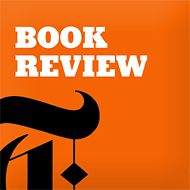




Q: The Podcast from CBC Radio-- this is probably one of the best and most downloaded art and culture podcasts in North America (even as the show originates in Canada), and with good reason. Host Jian Ghomeshi and his producers plan daily shows that cut across a broad spectrum of art, music, culture, and political news that always seem to be one step ahead of what is trending in the mainstream press. Ghomeshi is also known for his deeply engaging interviews and debates with invited guests. This one is an essential part of my daily routine.
Slate Magazine's Culture Gabfest-- a quirky mix of high brow and low brow conversations about evolving art, film, TV, and popular culture topics by Slate magazine's culture critics. Listening to the Gabfest is like being a fly on the wall at a great party (most likely in the kitchen, where all of the best debates and conversations finally take place). What I like best is that the show feels unedited and really manages to capture the cultural zeitgeist of any given moment from wherever it happens to emerge. If you like the Gabfest, you can also subscribe to the Slate Daily which includes an assortment of other Slate podcasts, including one of my other favourites, the Slate Spoiler Specials which do "postviews" of movies.
Inside the New York Times Book Review Podcast-- this podcast is a long time favourite as it takes one or two key reviews from the text version of the NYT Book Review and expands it with interviews of the reviewers, and sometimes the book's authors. For those of us who don't have time to read as much as we like, this podcast gives you insight into the trending books on the bestseller lists, along with reporting on the world's literary scene.
New Yorker, Out Loud-- many of you have probably seen or read the iconic New Yorker magazine at one point or another, and here again, I was drawn to the podcast for its deeper level exploration into the magazine's feature articles. Much like with the Inside the NYT podcast, the content here is enriched by reading the articles or reviews and then listening to the extended discussion offered up each week on the podcast. The best part however is that it is not necessary to read the magazine to enjoy the conversations offered up here.
Ideas From CBC Radio-- I remember tuning into this show as a student, rushing back home to catch Paul Kennedy on his nightly radio show. The podcast provides an intellectual engagement with an eclectic mix of topics spanning art, culture, politics, and emerging conversations across the humanities spectrum. Once again, CBC is at the forefront of cultural talk radio in North America, and Ideas is available as a daily podcast, ready for your listening pleasure whenever and wherever you like.
MoMA Talks and Tate Events-- These podcasts, produced by the Museum of Modern Art and the Tate Modern are placed here together because they offer excellent, albeit less consistent, content directly from the symposia, visiting lectures, and artist's talks presented on site at the special exhibitions put on by both institutions. The archives of both podcasts are especially rich, and also serve as a great pool of research material for students of contemporary art.




